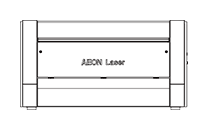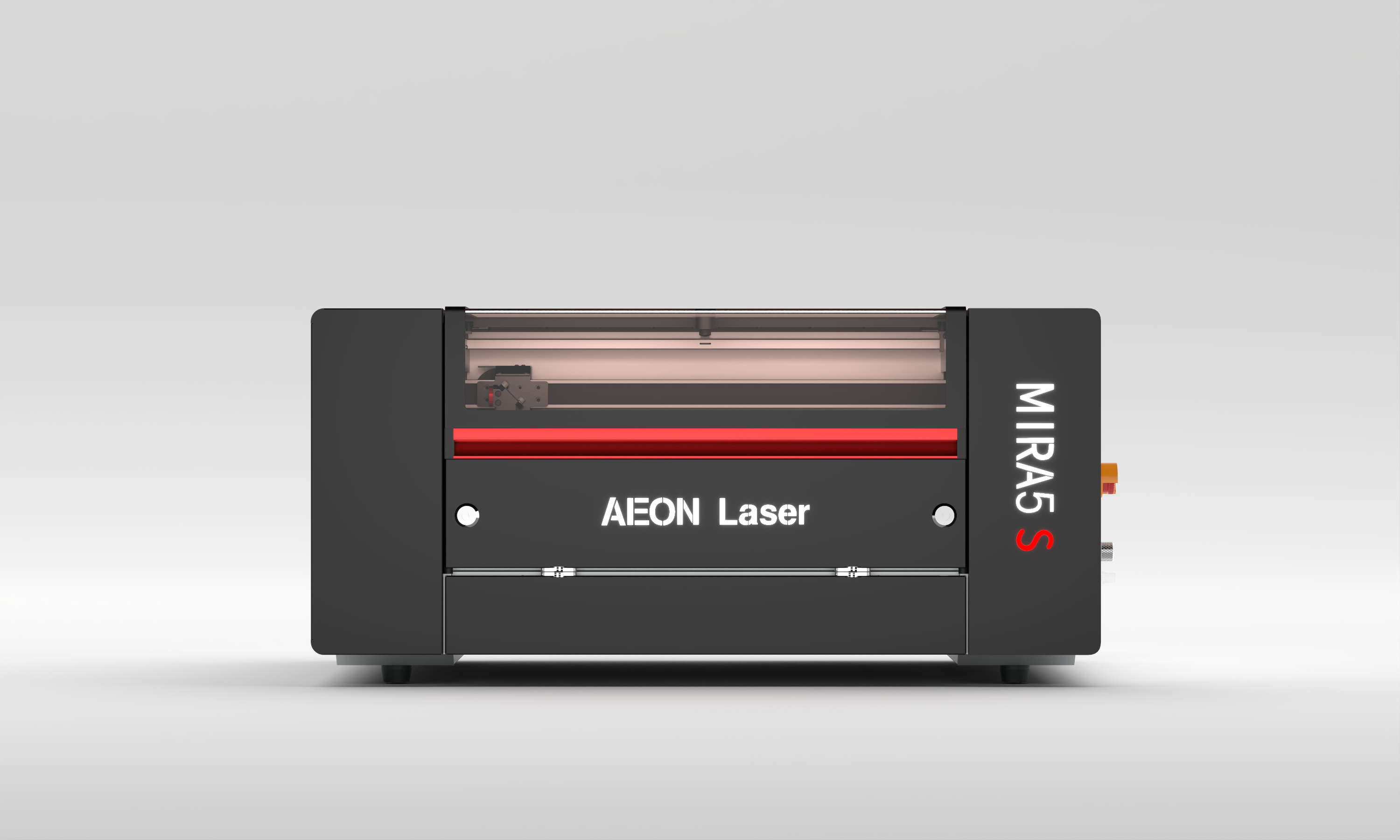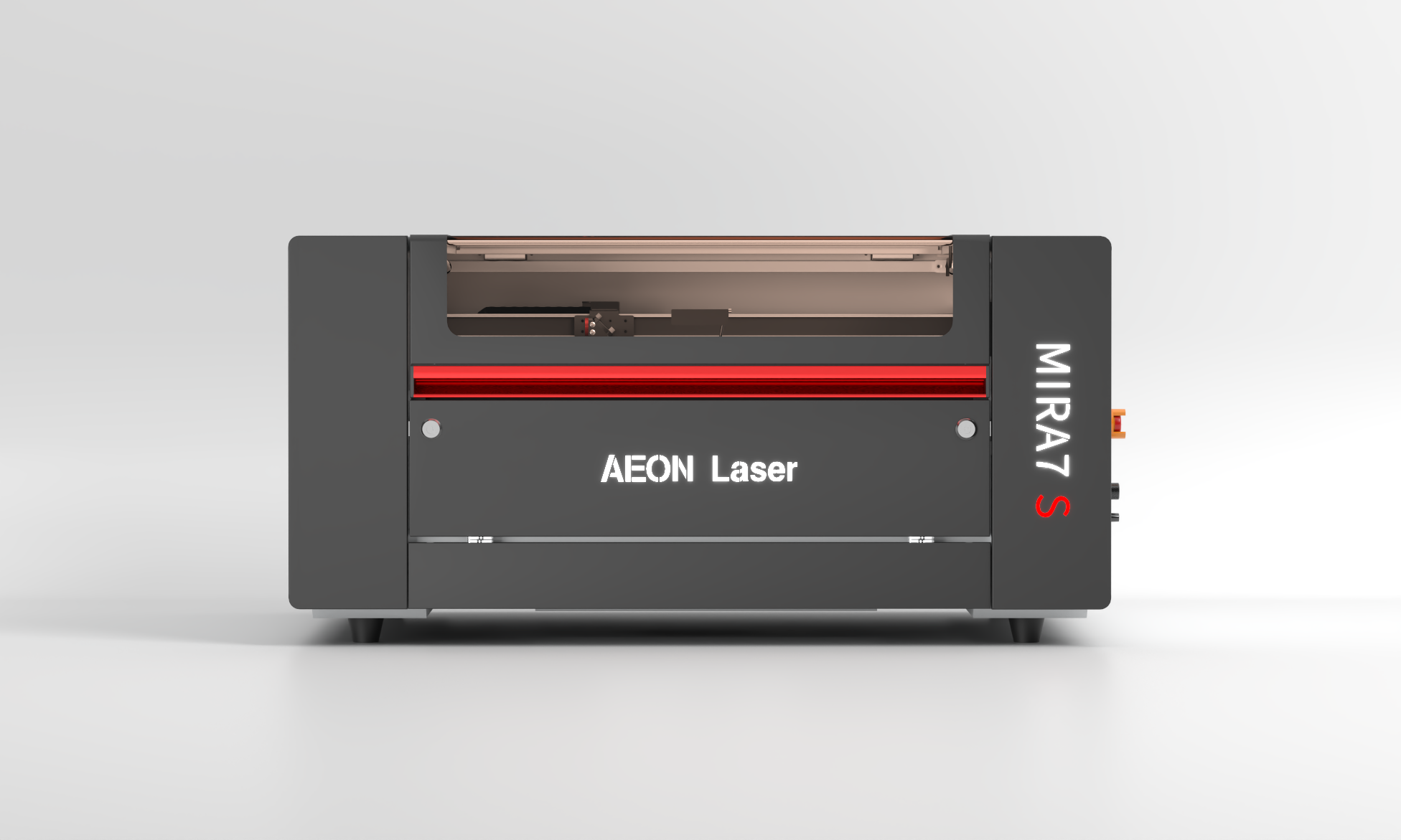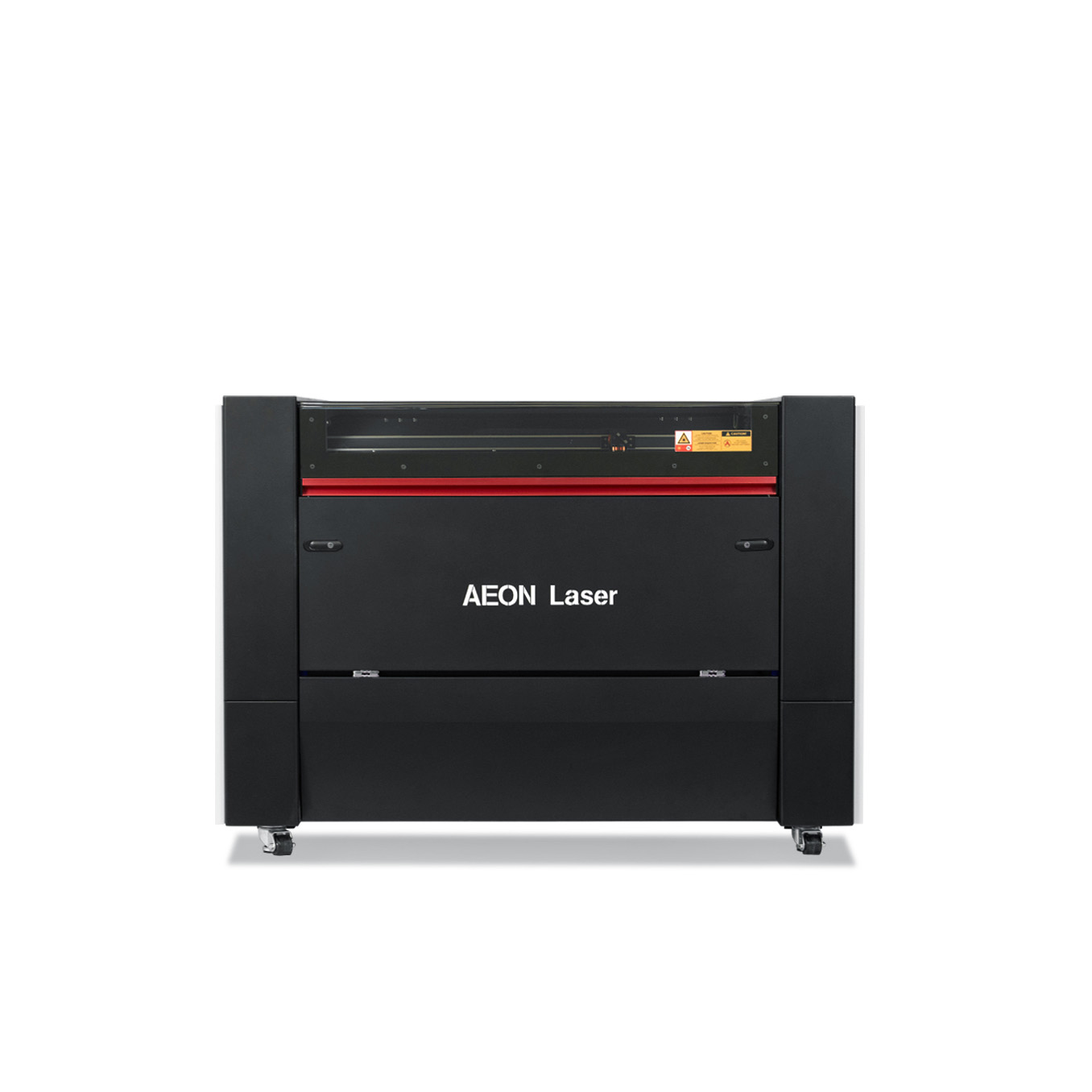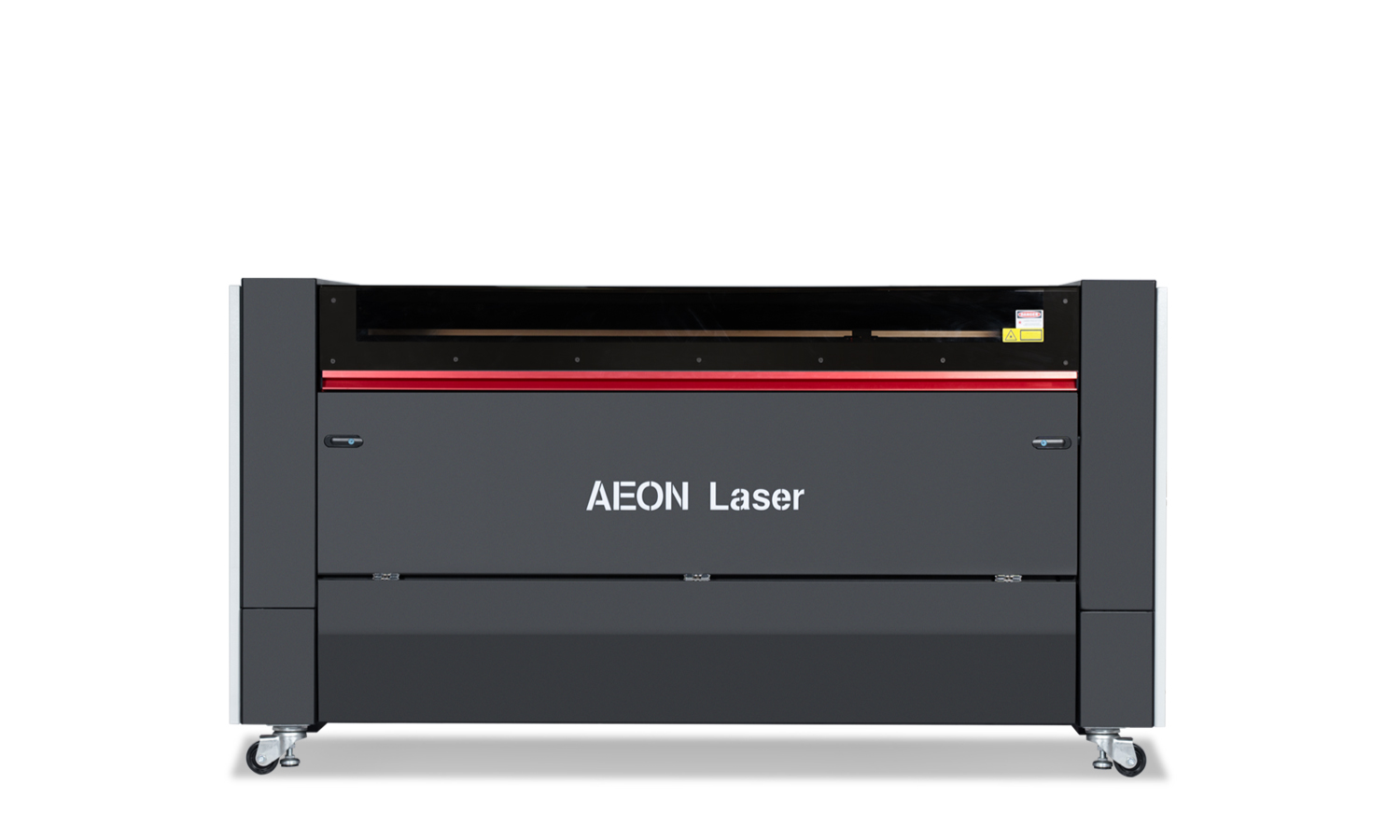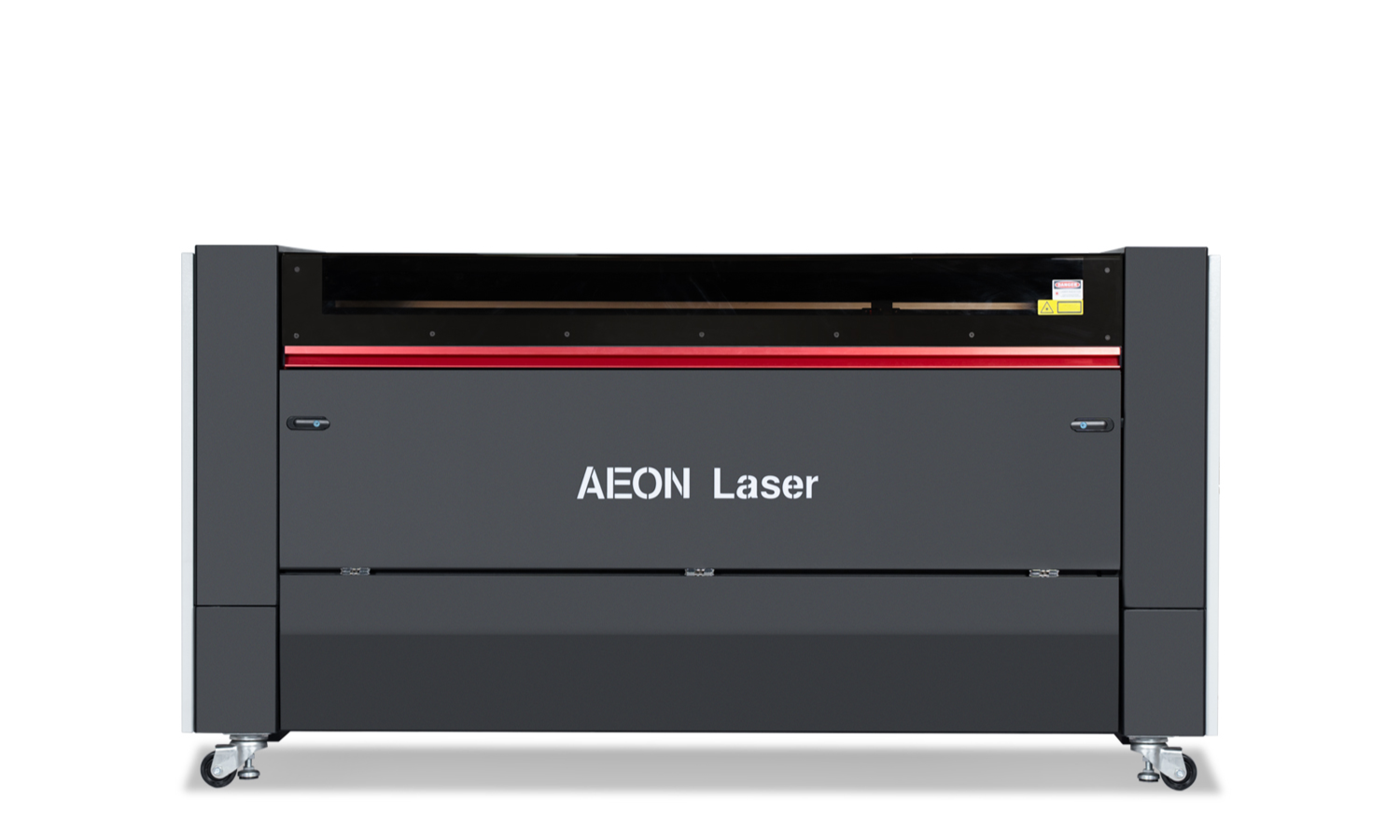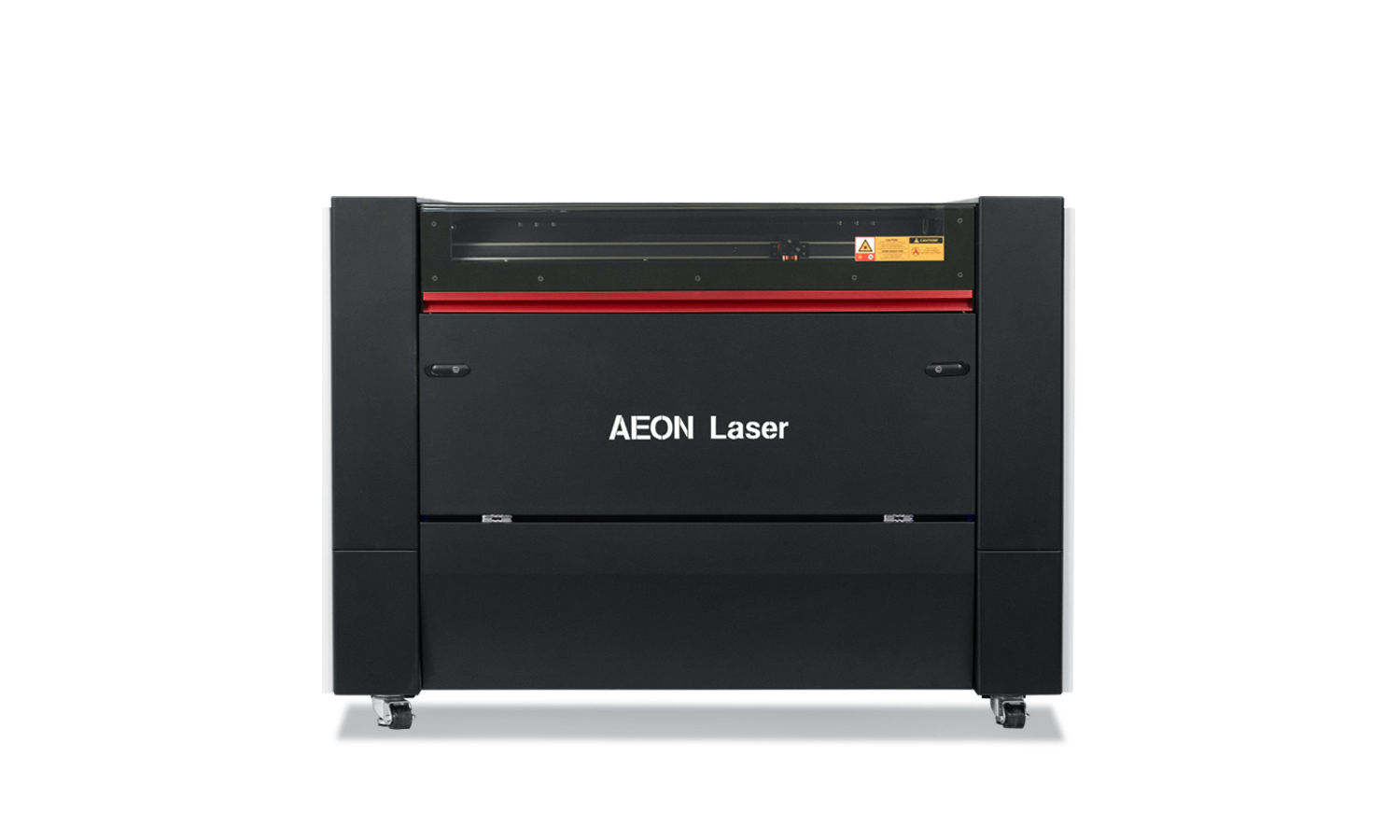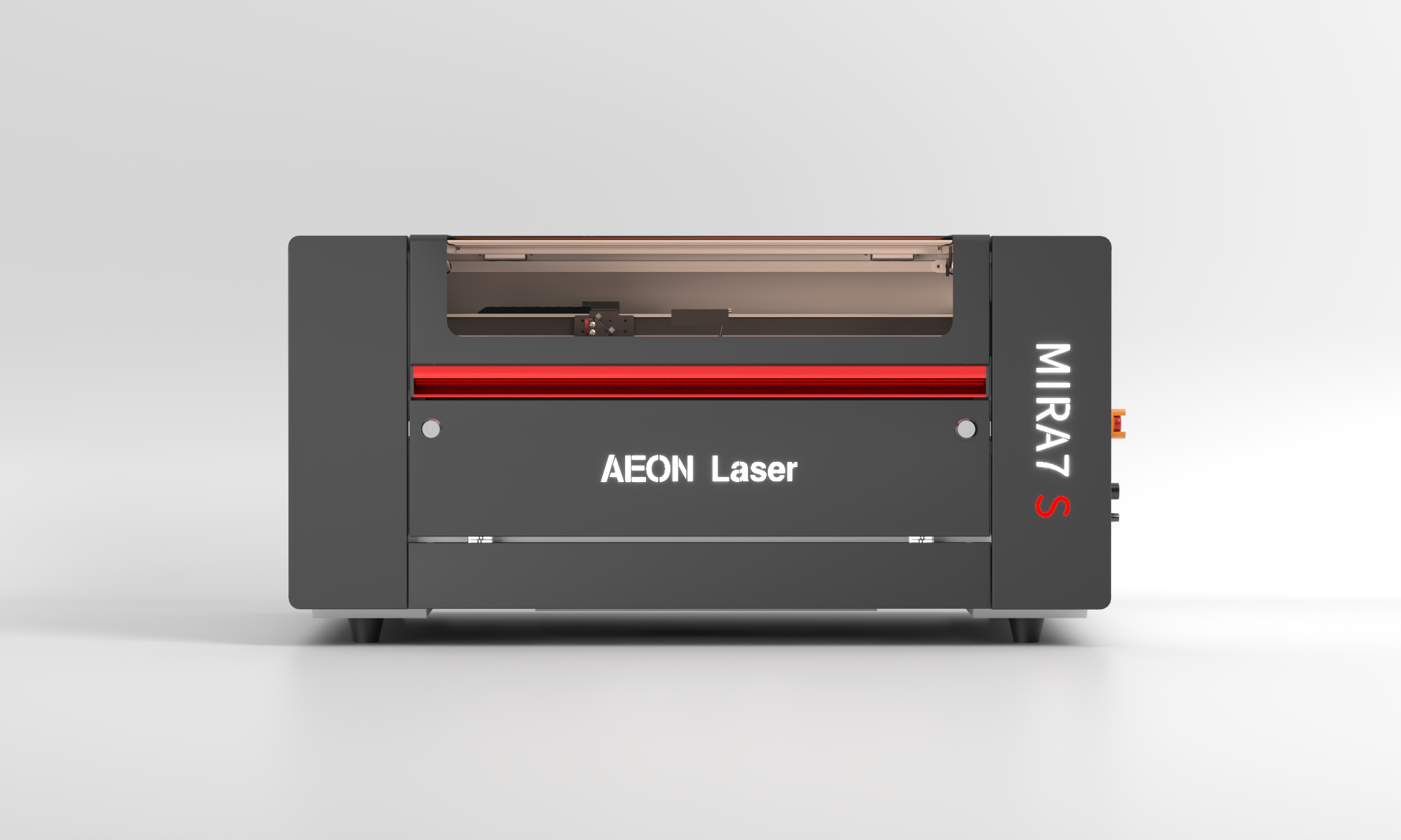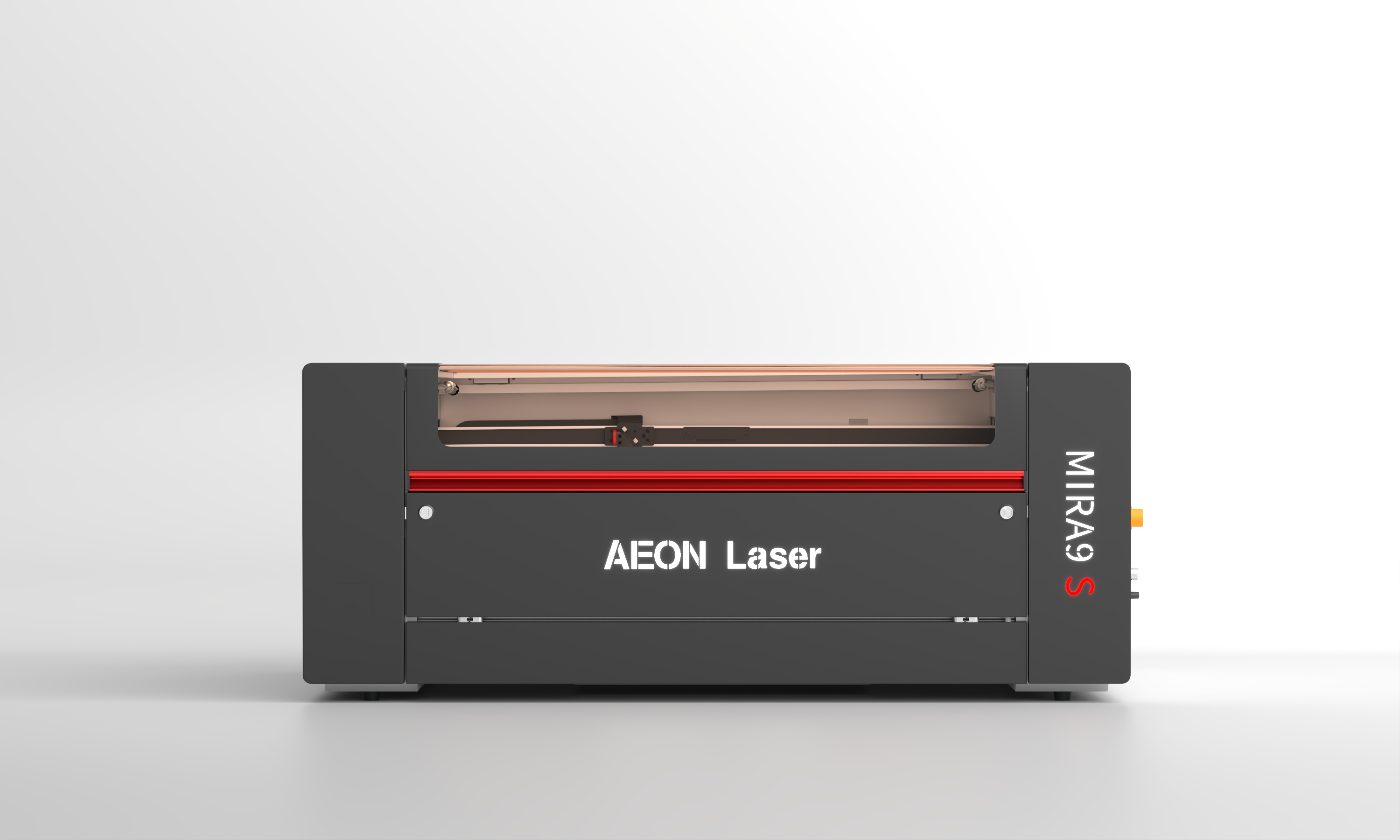Here’s a revised, deeply researched, and accurate summary of CO₂ laser processing for textiles—covering each material, their pros/cons, and practical guidance—with all claims verified from technical and industrial sources.
CO₂ Laser Applications for Textiles
High-Speed Cutting & Surface Treatment for Fabrics Using AEON CO₂ Lasers
CO₂ lasers are ideal for fabric processing where clean, fray-free edges and precision are required. The technology enables sharp cuts, sealed seams, and intricate details without mechanical pressure. However, each fabric behaves differently under a laser, and performance must be tailored accordingly.
Fabric-by-Fabric Breakdown
Fabric | Cutting | Edge Quality | Marking/Engraving | Odor/Fumes | Pro Tips |
Cotton | ✅ Excellent | Slight edge brown, no fray | Good for light engraving | Mild, organic wood-like | High speed + moderate power; use air assist to reduce edge char (accurl.com, financialcontent.com, omtechlaser.com, reddit.com) |
Linen/Hemp | ✅ Excellent | Similar to cotton | Light textures possible | Mild, natural plant aroma | Same settings as cotton; use fused seam edges |
Silk & Chiffon | ✅ Excellent | Crisp, minimal scorch | Not recommended (very delicate) | Almost odorless | Very high speed, low power; test small areas |
Wool/Felt (Natural) | ✅ Good | Slight browning, clean edges | Subtle texture engraving | Smells like burnt wool | Moderate speed & power; sealed edges prevent fraying. |
Polyester (PES) | ✅ Excellent | Sealed edges, no fraying | Limited contrast engraving | Faint chemical odor | High speed, low power; unit logs confirm sealed edges |
Nylon (PA) | ⚠️ Good | Melting & hardening possible | Poor engraving contrast | Strong unpleasant odor | Use pulsed mode, optimized power/speed to avoid excess melting |
Acrylic Fabrics (PAN) | ✅ Excellent | Clean melt-sealed edges | Not typically engraved | Odor like burnt plastic | Clean cuts with sealed edges |
Spandex/Lycra | ⚠️ Fair | Potential shrinkage on edges | Limited marking ability | Mild odor | Very low power, high speed; test fiber response. |
Cotton-Poly Blends | ✅ Excellent | Melting of synthetics seals edges | Textures vary by blend | Mix of cotton and synthetic odors | Best cutting performance; sealed but slight discoloration |
Synthetic Felt (PES) | ✅ Excellent | Clean & sealed cuts | High contrast engraving | Mild odor | Dense felt works well with engraving. |
PVC-Coated/Synthetic Leather | ❌ Prohibited | Toxic chlorine gas risk | N/A | Highly toxic | Do not process. |
Key Findings from Research
· Layer Cutting: CO₂ lasers can cut up to 10 layers of mixed cotton/polyester at ~45 W and 30 mm/s (researchgate.net).
· Edge Sealing: Nylon may melt excessively, leading to hardened edges—controlled pulsed settings help.
· Fume Emissions: Synthetic fabrics release VOCs; outdoors-rated extraction and carbon filters are essential to manage odor and emissions (filtrabox.com).
· Optimal Focal Length: Shorter focal lengths (1.5–2″) yield higher precision for textiles (financialcontent.com).
Best Practices for Laser Processing Textiles
· High speed + low-to-medium power balances clean cuts with minimal edge discoloration.
· Air assist & honeycomb bed keep fabrics flat and reduce burning.
· Pulsed laser settings improve nylon edge quality.
· Ventilation with carbon filters mitigates odors from melting synthetics.
· Small test cuts are critical, especially for delicate or blended fabrics (silk, spandex).
Industry Applications
· Fashion: Al appliqués, lace, and garment patterns with sealed edges.
· Sportswear: Precision polyester/nylon panels, mesh detailing.
· Home textiles: Curtains, pillowcases, upholstery trims.
· Footwear: Uppers and insole materials.
· Automotive: Seat fabrics, lining parts.
· Craft & DIY: Textile art, embroidered appliqués, fabric decorations.




